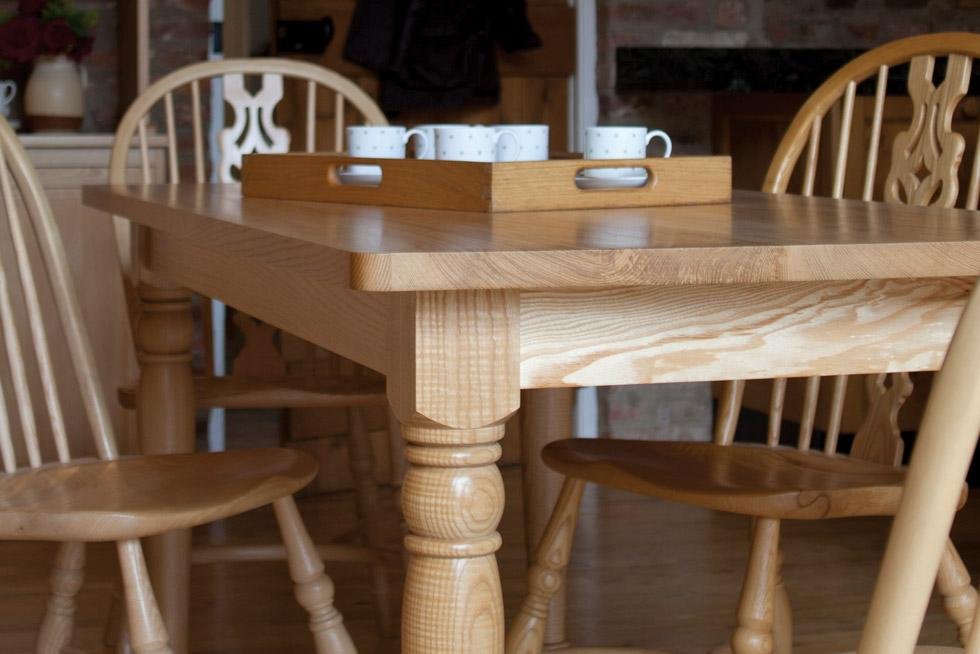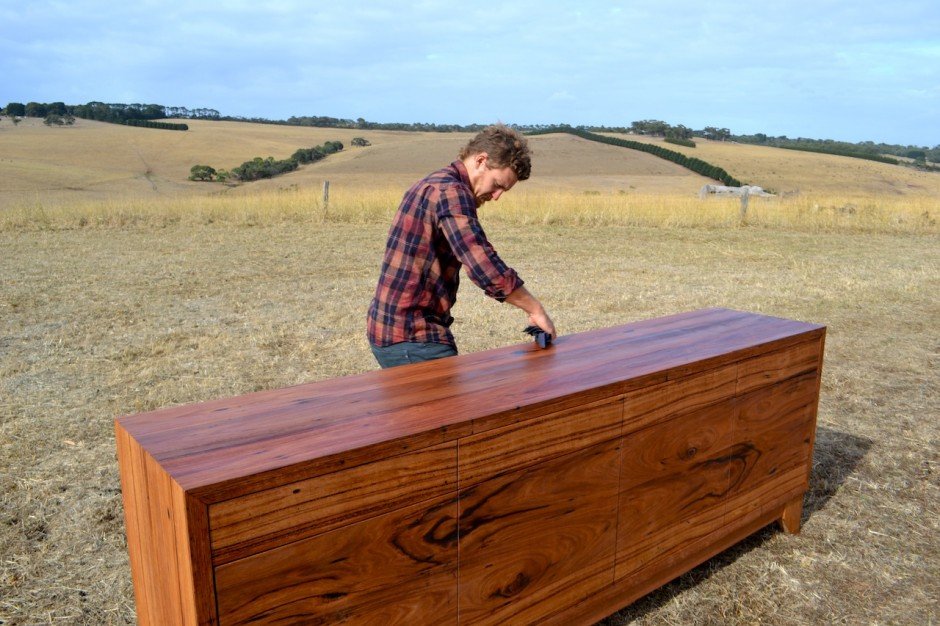
How to Care for Your Timber Furniture
Timber furniture brings warmth, elegance, and durability to any home. Whether it’s a dining table, bed, or cabinet, proper care ensures your timber pieces remain beautiful and functional for years. Timber furniture is an investment, and maintaining it correctly protects your investment while preserving its natural charm.
By understanding the best care practices, you can keep your furniture looking fresh, avoid damage, and extend its lifespan.

Regular Cleaning is Essential
Cleaning timber furniture regularly prevents dust and dirt from causing scratches or dullness.
-
Dust frequently: Use a soft, dry cloth to remove dust daily or weekly.
-
Avoid harsh chemicals: Use mild, timber-safe cleaners instead of abrasive products.
-
Wipe spills immediately: Liquids can stain or warp wood if left untreated.
-
Use microfiber cloths: They are gentle on surfaces and effective at lifting dust.
Routine cleaning helps maintain the furniture’s appearance and prevents long-term damage.
Protecting Timber from Sunlight and Heat
Excessive sunlight and heat can fade, dry out, or crack timber furniture.
-
Avoid direct sunlight: Position furniture away from windows or use curtains and blinds.
-
Use mats and coasters: Protect surfaces from hot dishes, mugs, and pots.
-
Keep furniture away from heaters: Radiators and heating vents can dry out wood and cause warping.
Taking these precautions preserves the color, texture, and integrity of your timber furniture.
Moisture Control and Humidity
Timber is sensitive to moisture, which can lead to swelling, cracking, or mold growth.
-
Avoid standing water: Do not let liquids sit on surfaces for extended periods.
-
Control indoor humidity: Maintain stable humidity levels with a humidifier or dehumidifier if necessary.
-
Use protective finishes: Oils, waxes, or varnishes add a moisture-resistant layer.
Managing moisture ensures timber remains stable and structurally sound.
Polishing and Oiling
Polishing or oiling your timber furniture restores its shine and protects the wood.
-
Apply natural oils: Linseed or teak oil nourishes the timber and prevents drying.
-
Use furniture wax: Wax adds a protective layer against scratches and moisture.
-
Follow manufacturer instructions: Some finishes require specific care products.
-
Polish periodically: Once every few months is sufficient for most timber furniture.
Proper polishing and oiling enhance beauty while extending the life of your furniture.
Handling Scratches and Minor Damage
Even well-cared-for furniture may develop minor scratches or dents over time.
-
Use wood fillers or wax sticks: Repair small scratches and blend them with the wood finish.
-
Sand lightly: For minor surface imperfections, sanding and refinishing can restore smoothness.
-
Avoid harsh abrasives: They can remove the finish and damage the timber.
-
Address damage promptly: Early repairs prevent worsening and maintain furniture value.
Welcome Bonus Opportunities
For those eager to begin their online gaming journey, https://www.casinous.com/welcome-bonus/ provides an exciting and rewarding start. Much like Tall Timbers Online shares engaging and insightful content, this platform ensures a smooth, user-friendly experience for new players. Users can access a wide variety of casino games, sports betting markets, and exclusive promotions. It’s an ideal way to combine fun, strategy, and early rewards right from the beginning.
Promptly addressing minor damage helps keep furniture looking its best and prolongs its lifespan significantly. By taking care of small issues, you can maintain its appearance and functionality for years.
Proper Use and Placement
How you use and position your furniture affects its longevity.
-
Avoid overloading shelves and drawers: Heavy weights can warp or damage timber.
-
Lift, don’t drag: Moving furniture incorrectly can loosen joints or scratch floors.
-
Use protective pads: Place felt pads under legs to prevent scratches and absorb impact.
-
Maintain balanced placement: Keep tables and shelves level to prevent strain on joints.
Proper usage practices help furniture stay sturdy and functional for years.
Site: https://talltimbersonline.com/
Nature, Sustainability, and Digital Awareness
Nature-focused platforms emphasize sustainability, resources, and environmental understanding. In the broader online environment, sites such as www.cansportsbetting.ca reflect how diverse digital services now coexist. This illustrates the wide scope of modern interests. Awareness across sectors continues to grow.
Conclusion
Caring for your timber furniture is essential for preserving its beauty, durability, and functionality. Regular cleaning, protecting against sunlight and moisture, proper polishing, and timely repair all contribute to longer-lasting pieces. Additionally, careful use and placement prevent unnecessary wear and tear.
By following these steps, you ensure your timber furniture remains a stunning and functional part of your home. Investing a little time and attention in maintenance allows you to enjoy your furniture for decades, keeping it looking fresh, elegant, and well-loved.




